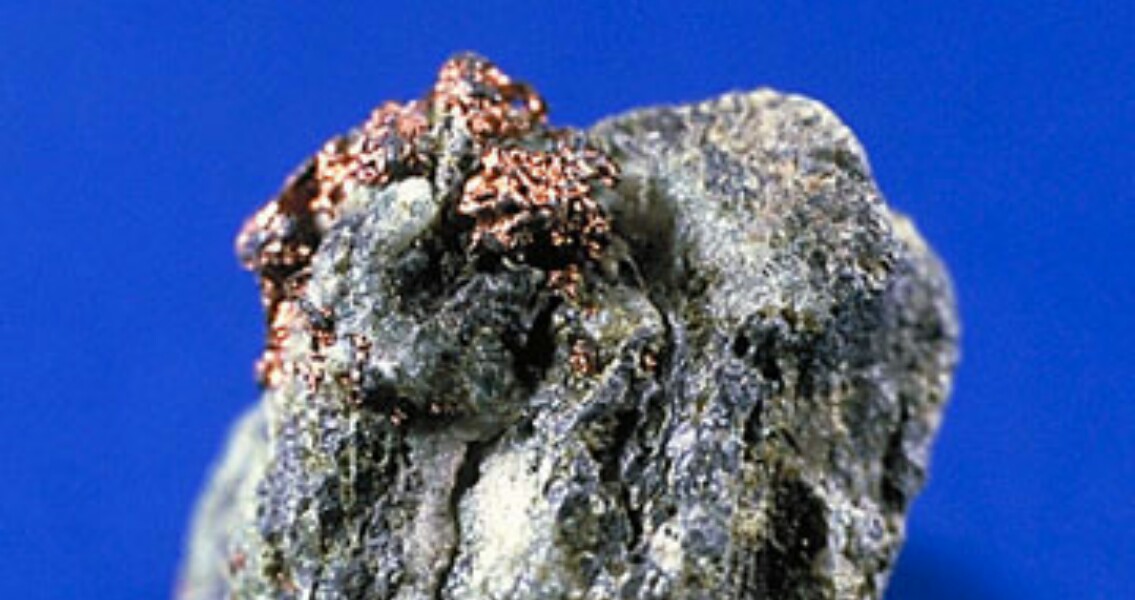<![CDATA[As a rule, humans have a tendency to be rather rough on their environment, especially as our technology grows – but new evidence has emerged that humans polluted the first river 7,000 years ago. According to CBC News, a new research study has found that humans from the Neolithic era ended up polluting a river that once flowed in the Wadi Faynan region of southern Jordan in the Middle East. The form of the pollution was from these ancient humans learning how to smelt ore into metal, the international team of scientists report. The now-dry riverbed bears the telltale evidence of pollution left behind during the Copper Age, where humans living and working near the river built fires and then heated charcoal and copper ore over these fires. The find underlines the point when early humanity began to construct tools not from stone but from metal, according to Russell Adams, an anthropology professor from the University of Waterloo in Canada. These individuals and communities were in the middle of experimenting with not just fire but its effects on pottery, ceramics, and copper ore, said Professor Adams in an interview with CBC News Kitchener-Waterloo. These three components were all involved in the production of copper from ore in the early parts of the Copper Age. The spread of these technological innovations, and the adoption of these methods and the use of the metals they made, are often seen as the beginning of what modern anthropologists speak of as the “modern world”, Adams added. At first, the only items created by this primitive smelting process would have been beads or other small, symbolic pieces. However, as the technology developed the scope of the project grew as well, leading to the construction of factories and mines. In essence, the region became the epicenter of the first industrial revolution, thousands of years before the nineteenth century’s industrialization and mechanization. Adams stated that the area of southern Jordan would have been the home of incredibly innovative technology for the time period. However, the waste material from the smelting process – known as slag – was not given a second thought. Without this slag being contained, metals present in this waste, like thallium, arsenic, lead, zinc and copper, would have been absorbed by the plants growing nearby. These plants would then become food for local fauna – including humans. The polluted vegetation would have had a negative impact on the health of those who worked or lived near the copper smelting operations, possibly including malformation, infertility and premature death. Scientists have found high copper and lead levels in human remains from the Roman period. The new discoveries have prompted a desire to conduct an analysis as to how much pollution would have been present during the Bronze Age, which began around 3200 BCE, in order to measure its impact on human communities. The new research paper, published recently in the journal Science of the Total Environment, can be found here]]>
Humans First Polluted Rivers 7,000 Years Ago
